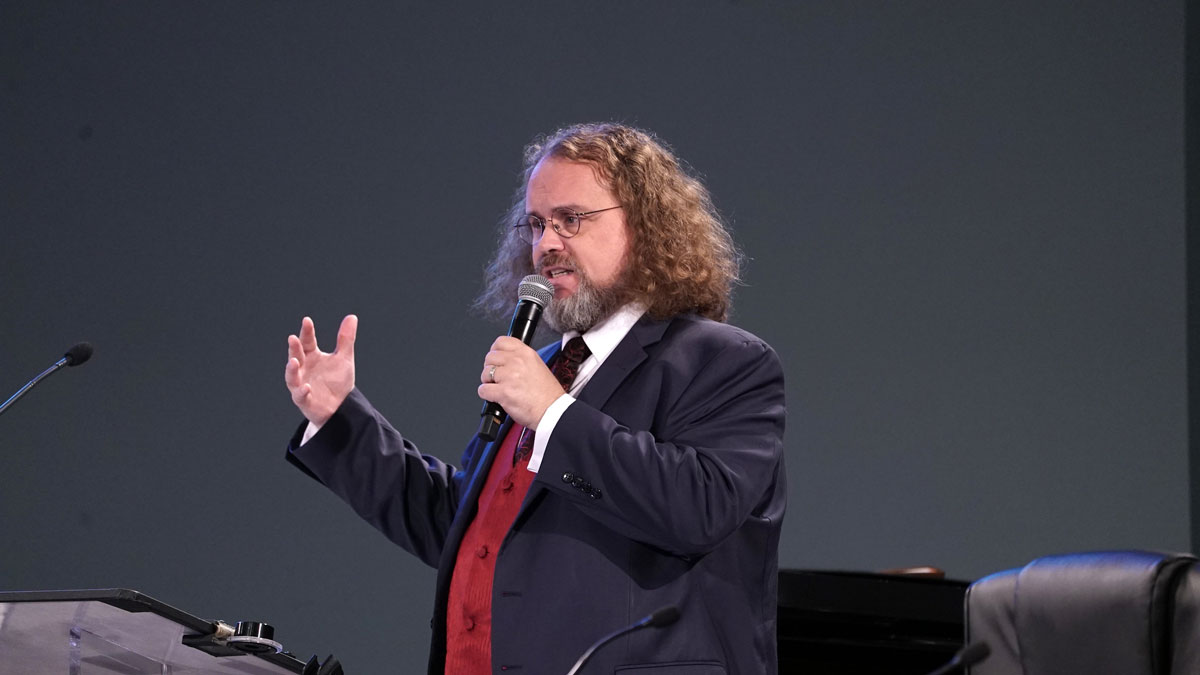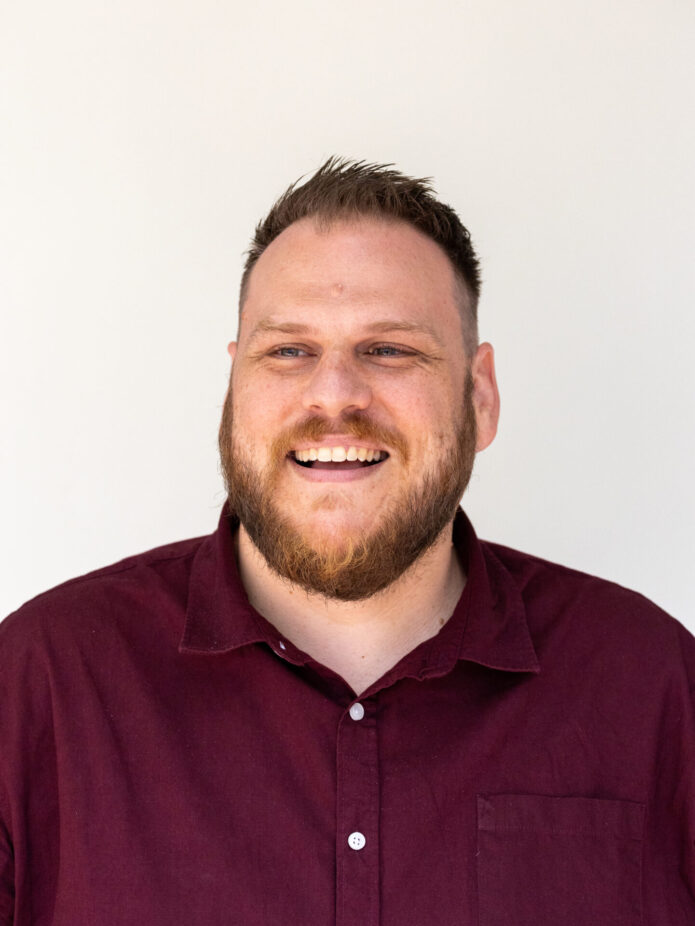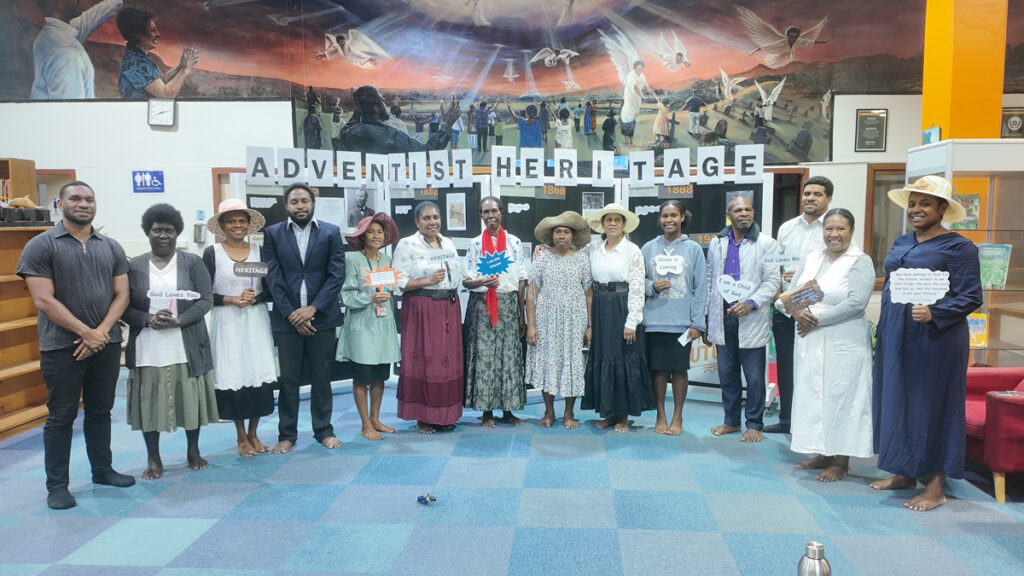The South Pacific Division will need to come up with nearly $A1 million in additional funds each year to support the General Conference (GC) over the next five years following a decision to institute tithe parity for all divisions.
The decision was made by the GC Executive Committee at the 2019 Annual Council in Silver Spring, Maryland, USA.
At a basic level, the outcome of this vote means “additional funds leaving the South Pacific Division (SPD) to support the General Conference” according to SPD CFO Rodney Brady, who says the changes will be phased in.
“Based on current tithe growth trends by 2025, it will be around an additional $A930,000 a year extra to the GC and by 2030 $A2.2M extra per year,” he said. “The Division Committee and church administrators now need to look at what will need to change. If no other changes are made it could mean a reduction of 30 field pastors across the SPD. Administrators want to make other changes to minimise that potential impact as much as possible so it does not affect field pastors—that is where the majority of tithe is spent in SPD.”
But why the change?
For many years, the North American Division (NAD) has returned a significantly higher percentage of tithe back to the GC than other world territories. As recently as 2011, they were paying eight per cent, while other divisions, including the SPD, were only paying two per cent. Since then, NAD has lowered its rate to 5.85 per cent in 2020.
Tithe parity in financial matters describes a future scenario in which all 13 Seventh-day Adventist world territories contribute the same base percentage of their tithe to the GC, the denomination’s global headquarters.
The new benchmark will be three per cent, meaning all world divisions will have to increase their tithe from two to three per cent at a rate of 0.1 per cent each year (until 2030). NAD will steadily decrease its tithe, bringing it back to 3.85 per cent (they will sit at three per cent, with an extra 0.85 per cent for the GC institutions—Loma Linda Hospital and University and Andrews University—in NAD territory).
“I value NADs historic support of the GC and understand that all Divisions need to share in the load,” said SPD president, Pastor Glenn Townend. “This change is a good opportunity to re look at how tithe is used and perhaps re focus as a world church.”
SPD leadership, through New Zealand Pacific Union (NZPUC) president Pastor Eddie Tupa’i, expressed concern from the floor of Annual Council 2019, suggesting the move would take tithe that could be used to employ pastors and give it to the highest administrative body—but were a small minority opposing the motion.
These fears are valid, as highlighted by Dr David Trim, director of the GC’s Archives, Statistics, and Research, during the secretary’s report.
Dr Trim showed that the Church has nearly just as many administrators as frontline pastors and evangelists across the world.
Statistics showed that the number of pastors in the Church has increased by 85 per cent since 1988. During that same time period, however, the number of administrators increased by 300 per cent. (Healthcare employees and teachers, who are not paid by tithe, were removed for the purposes of Dr Trim’s presentation.)
“I don’t think anyone would disagree that we want to see the great preponderance of our funds put into the funding of missionaries, rather than administrators,” Dr Trim said. “The number of accessions is plateauing and yet the number of administrators is growing. I’d ask that we evaluate the numbers and examine that balance. It might help us to see greater growth in the numbers of accessions.”
Pastor Townend is also concerned. “[T]he biggest challenge that I see for the future of the Church comes in the area of tithe usage and the current data that was presented on the number of pastors as compared to the number of administrators,” he said.
While the SPD has restructured some of its departments in recent times, Pastor Townend reflects that the “SPD still has some work to do in this area”, although it comes out better than some.
The SPD currently uses 51 per cent of tithe on pastors/evangelists and 22 per cent on administration. The South African Indian Ocean Division uses 59 per cent of tithe for pastors, the most of any division. The Inter European Division uses 10 per cent of tithe for administration (the least), while NAD also uses 22 per cent.
“It appears to me that the Church at every level has to look at ways to reverse these numbers—having more pastors and less administrators,” said Pastor Townend. “This could be a major issue in the next quinquennium. People in the SPD certainly want more accountability on the use of tithe and a reduction in overheads.
“I wonder if one of the reasons we have such a challenge with nurture and retention and still have 40 per cent of those we baptise leaving the Church is because they do not have enough pastoral care and leadership in the local church. This is an area that certainly needs some study.”
“This issue puts pressure on the Church and how its structure needs to change,” said Mr Brady. “It’s all related—if we do not change the support functions consume more.”
“SPD administration will work with Union presidents to come up with various options of how we will fund this—for decision by the Division Executive Committee—with as little impact as possible,” said Pastor Townend. “It will not be easy.”
The plan will be assessed again in 2024 and 2028.
The background
After nearly a year of conversation and dialogue with and among world divisions, GC Executive Committee members were presented on October 14 with a plan that would incrementally phase-in complete parity by 2030. Beginning that year, every world Church division will contribute an equal three percent of its allocated tithe to the GC.
“We have had some very intense and good meetings with our division officers, including North America,” said Adventist world Church president Pastor Ted Wilson. “We had some serious conversations.”
Discussion on the floor
During further introductory comments, Pastor Wilson clarified that the dialogue involved a diversity of perspectives. “Did everybody agree? No,” Pastor Wilson said. “But the proposal has some provisions that will allow for discussion.”
Discussion from the floor reflected that diversity.
After thanking GC treasury staff for their work on the request, NAD treasurer Randy Robinson explained, “We are privileged to help the world field. We have been privileged to do so and will continue to feel privileged to do so. We’re grateful for the mission that happens around the world, but we’re also mindful of the mission that needs to happen in North America. It is our desire to pass these resources on to the local field.”
Delegates from various parts of the world also expressed their gratitude to NAD for its contribution to world mission. “On behalf of our part of the world I would like to thank the North American Division,” said Pastor Tupa’i. The NZPUC president then recalled how the Adventist message came to New Zealand by American missionary Stephen Haskell. “It’s something we are eternally grateful for.”
Other delegates expressed concerns about the direction of the proposal. Kathy Haycock Proffitt, a lay member from the NAD, suggested that this decision would have a direct impact on global outreach. “I understand parity, but unfortunately this will not include level playing fields,” said Ms Proffitt. “Those with the least money will have to pay more while receiving less.”
Other delegates outside of the NAD agreed with the motion. “I support this motion more than 100 per cent,” said Kenaope Kenaope, an Executive Committee member from the Southern African-Indian Ocean Division. “A child who does not grow should be a concern to a parent. If NAD says they can’t be a father, that’s fair enough. Really, why should you have a child in your house that stays for eternity. Let’s emphasise the capability of the God of the global Church to carry us through.”
Decision
Thomas Lemon, GC general vice president who chaired the discussion, congratulated attendees for a healthy dialogue. “While we are concerned for mission going forward, we can praise the Lord for mission that has been done because we are here in a group that represents so much of the culture and groups that make up our world.”
Following the vote, NAD president Dan Jackson thanked the delegates representing nearly 200 nations. “I want to thank our world brothers and sisters for the support of the North American Division. Thank you very much. God bless you.”
How tithe works
The financial structure of the Adventist Church involves tithe (10 per cent of a member’s income) contributed at the local church. The local church sends the tithe to the local conference, an administrative unit which oversees a defined geographic area. While most tithe funds remain in the conference to pay for operations, pastoral salaries and other mission projects, a portion is sent on to other administrative units, including the GC and its divisions.






